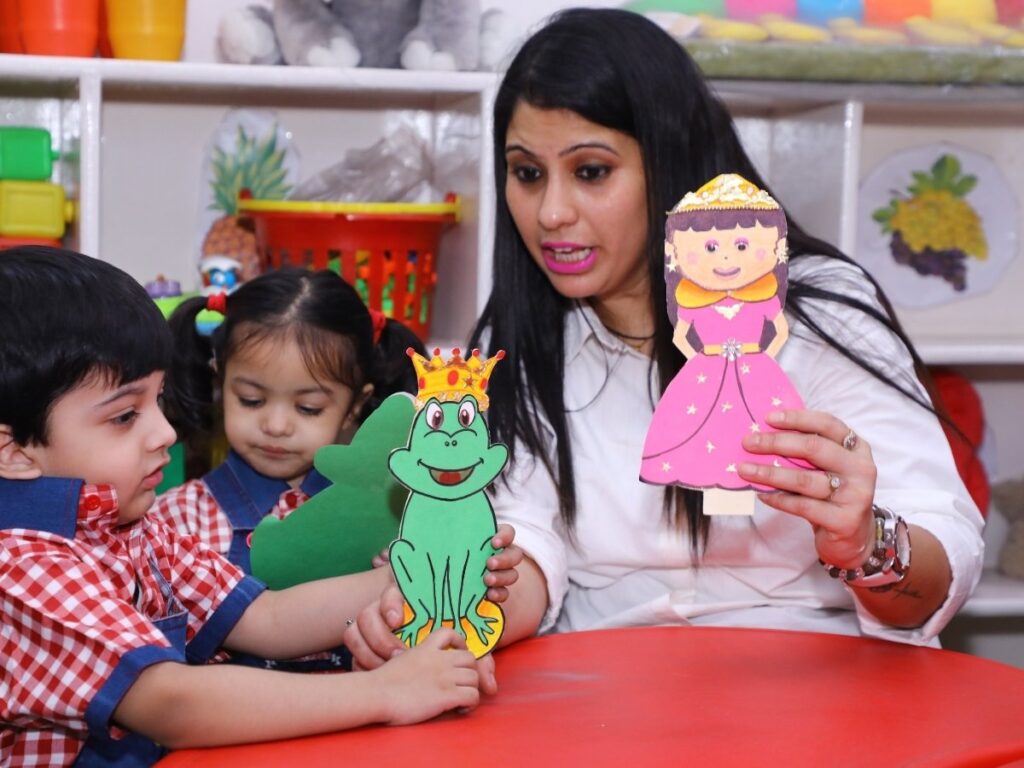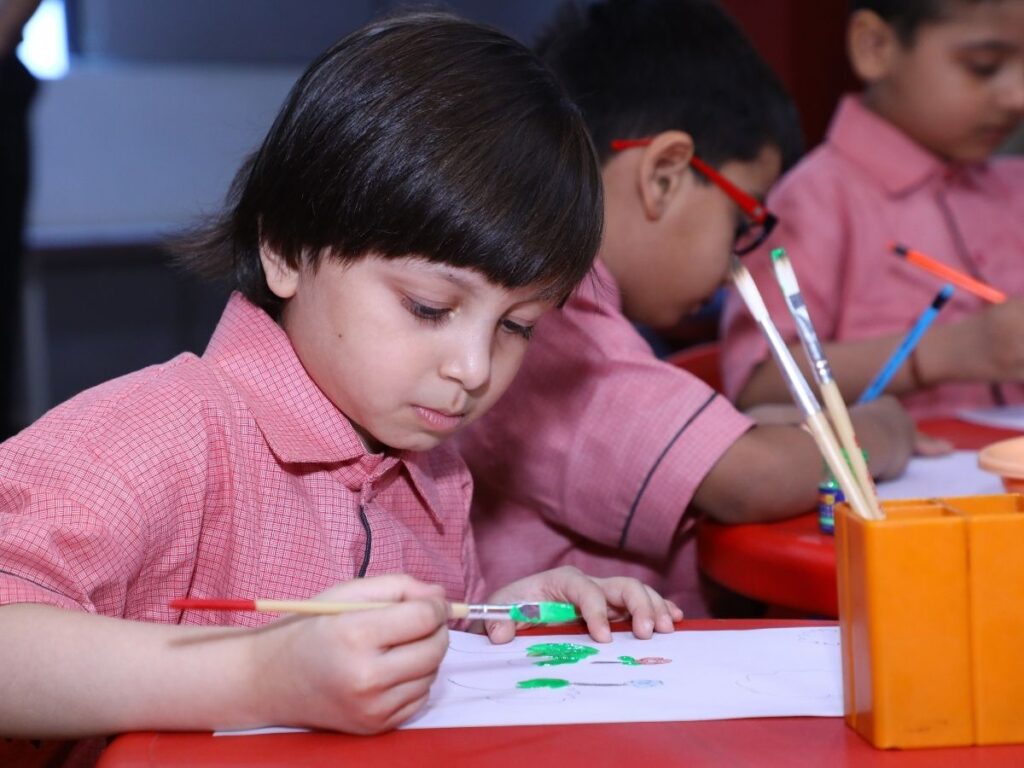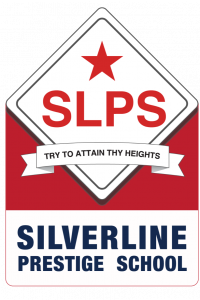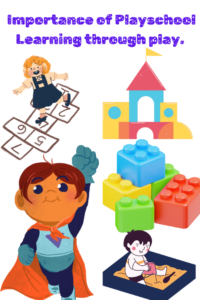
Welcome To The Silverline Prestige School
National Education Policy And Its Key Takeaways
India first rolled out its National Education policy in 1968 and, subsequently, the second one in 1986. It has taken 34 long years to formulate another policy, relevant to the current educational climate. Nevertheless, NEP 2020 has been heralded as a dynamic policy, that will usher in a holistic change in the current education system. It is important to remember that it is only formulated as of now and that the year 2022 will see its real implementation. Let us understand the key points that are set to revolutionize the education sector.

What is the NEP?
The National Education Policy draws its inspiration from the rich heritage of education that existed in ancient India, such as Nalanda, Vikramshila, Takshashila, and Valalbhi. These were world-renowned institutes that provided learning in multi-disciplinary fields. With this policy, India aims to become a centre of significant learning, providing a well-rounded education in various fields.
Since the last NEP, India has seen monumental progress as a country. Apace with the country’s development, technology has been growing at a galloping speed. The government foresaw changes in the global ecosystem. It was also aware of the drawbacks in the learning practices and assessment methods used. The National Education Policy 2020 was the result of all these factors coalescing. The pandemic too was a catalysing factor in incorporating other essential features into the policy.
Let us look at the key features of this policy:
The National Education Policy draws its inspiration from the rich heritage of education that existed in ancient India, such as Nalanda, Vikramshila, Takshashila, and Valalbhi. These were world-renowned institutes that provided learning in multi-disciplinary fields. With this policy, India aims to become a centre of significant learning, providing a well-rounded education in various fields.
Since the last NEP, India has seen monumental progress as a country. Apace with the country’s development, technology has been growing at a galloping speed. The government foresaw changes in the global ecosystem. It was also aware of the drawbacks in the learning practices and assessment methods used. The National Education Policy 2020 was the result of all these factors coalescing. The pandemic too was a catalysing factor in incorporating other essential features into the policy.
Let us look at the key features of this policy:
School Education
The Silverline School has always emphasized the importance of Primary Years. The government too has taken into account expert recommendations and incorporated changes to bring the age group of 3 to 5 years into the learning system. The policy emphasizes improving early literacy and numeracy skills. This is to be achieved by grade 3.
The following points are the important changes formulated, that would significantly impact school education.
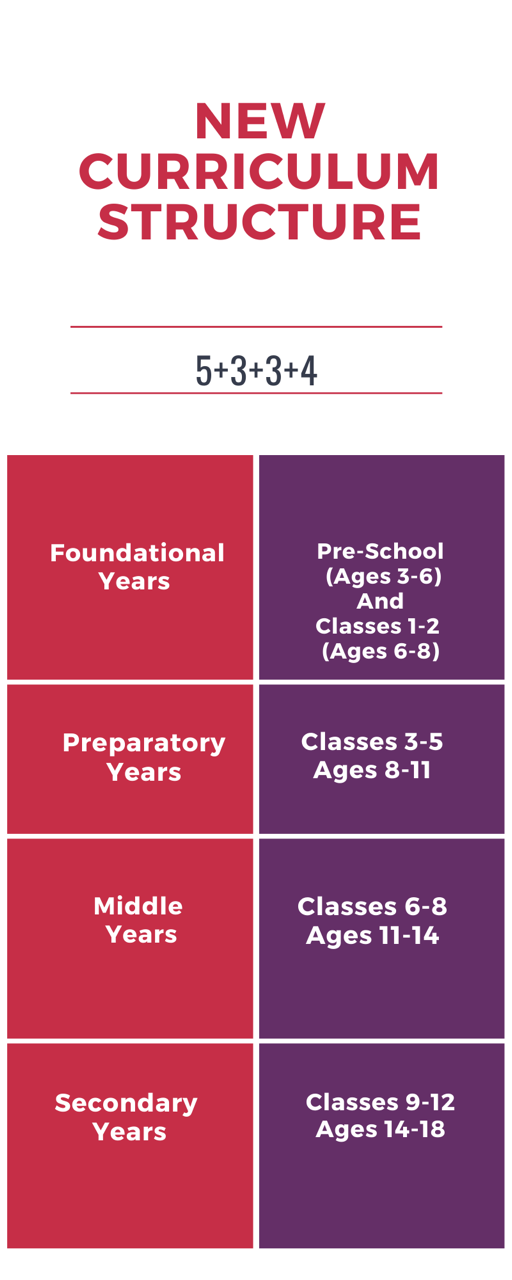
- Greater focus on foundational literacy and numeracy rather than rote learning.
- The current 10+2 structure gives way to a 5+3+3+4 structure covering age groups 3 to 18.
- Flexibility in the choice of subjects to allow exposure to a variety of subjects. Tight compartmentalisation of Arts, Humanities, Sciences, and Vocational Streams will be done away with. For example, a combination of subjects such as chemistry and music can be chosen.
- Board exams will be administered in two ways: objective and descriptive.
- For board exams, students can opt for the best of two attempts.
- Wherever possible, emphasis on the mother tongue as a medium of instruction till grade 5 is advocated. The three-language formula will be implemented, but no language will be imposed on the state. The languages learned will be choices made by the state and the student.
- A Digital Infrastructure for Knowledge Sharing (DIKSHA) would be instituted. It would serve as a learning repository for teaching literacy and numeracy skills.
- Students in grades 6 to 8 under the Ek Bharat Shrestha Bharat initiative, will take part in languages of India activity. Children can also opt to learn any classical language of India in grades 6 to 12.
- Foreign languages like Korean, German, Japanese, French, Thai, Spanish, and Portuguese will also be offered to learn at the secondary level.
- For grades 6 to 8, focusing on vocational crafts will enhance hands-on learning.
- A ten-day bagless period for grades 6 to 8 will be allowed. This will be done to foster engagement and learning from vocational experts.
- Students will be introduced to activities involving coding from grade six.
- The report card will be a reflection of a student’s holistic development rather than focusing on outcomes based on rote learning.
- Bal Bhavans to be established as special daytime boarding schools.
- PARAKH – Performance Assessment Review and Analysis of Knowledge for Holistic Development will be set up. It will function as a National Assessment Centre, ensuring holistic assessments. It will also monitor all recognized school boards.
Higher Education
- All higher education institutes are to become multi-disciplinary. Single-stream institutes are to be phased out.
- Multiple exit options will be provided for degree programs.
- An Academic Bank of Credit will be established, which will digitally store the academic scores.
- More flexibility will be given to design and structure the Master’s programmes.
- The M.Phil. programme will be discontinued.
- MERU- Multidisciplinary Education and Research Universities to be set up.
- NHERC- National Higher Education Regulatory Council will function as the only regulatory authority for higher education. Medical and Legal education will however be excluded from this.
- NAC-National Accreditation Council to be set up for accreditation of institutions.
- NRF-National Research Foundation to be set up to facilitate research at higher levels. It will serve as an advisory body for the policymakers, on critical and latest national research issues. NRF will be an independent governing body.
- HECI- Higher Education Commission of India will be the umbrella body under which the four verticals of NHERC, NAC, HEGC, and GEC will exist.
- Institutions can run programmes via online learning or open distance learning. The degree or diploma earned post completion of the programme will be equal to those offered on campus.
- Special endeavours are to be made to stop the commercialisation of higher education.
Implementing the National Education Policy.
The government recognises the importance of implementing the policy not just in principle but in action. Some of the steps that would be taken are:
- Implementation via various regulatory bodies.
- Implementation of all the initiatives will be executed phase-wise.
- A few initiatives like early childhood care and education infrastructure will be invested in first, as it will pave the way for the rest of the policy to progress.
- Close coordination and collaboration between the centre and states to implement the policy.
- Reviews will be conducted every year to monitor the progress.
The years 2030-2040 will see the policy in complete operational mode. A new review will be undertaken at that time as well.
How does India stand to benefit from the National Education Policy?
- NEP through its equitable and universal approach towards education will bring around 2 crore children back into the educational fold.
- As institutes become multidisciplinary, students will have the freedom to pursue subjects that interest them and suit their aptitude.
- Cognitive and creative skills will be further strengthened. This can be attributed to the early focus on literacy and numeracy skills.
- Higher education will gain from the foreign universities setting up campuses in the country.
- Students will benefit from blended models of learning.
- Early introduction of technology-centric subjects will have effective learning outcomes.
- Vocational courses will make students job-ready.

To necessitate the growth of a nation, it is essential to strengthen the roots of education. The NEP proposes to do just that, and its implementation will spruce up the education landscape in a substantial manner.
At the Silverline school, the primary years programme already incorporates all policy points of NEP. We have been instilling students with strong literacy and numeracy skills with our unique C.R.E.A.T.E curriculum. Our teaching methodology uses experiential learning. This has inculcated robust cognitive and creative skills in the students.
Our curriculum is replete with Role play activities, Olympiads, Project-based learning for young learners. With our ICT curriculum, coding and other technology concepts are taught from a young age. The ICT program by Mindbox facilitated the students in winning the National Game Design Championship this year.
Mindfulness and yoga activities are organized to provide all-rounded learning to the students. We firmly believe lessons for young minds do not need one-sided lecturing from the teacher. The school takes special endeavours to teach concepts through activities, games, and quizzes.
Our Lunch and Learn program initiated by Principal Dr. Mala Kapoor is a shining example of how we “walk the talk”. NCERT awarded Dr. Mala Kapoor for this innovative erudition.
In conclusion, Silverline school applauds the policy and will continue to strengthen our progressive pedagogy along with the government’s initiatives.

The Silverline Prestige School, Ghaziabad
Recent Posts

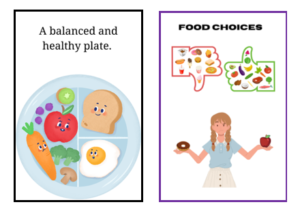
Nutrition for school-going children: What’s on your child’s plate?

Green Clean Globe: A Tree Planting Initiative by Silverline Prestige.





